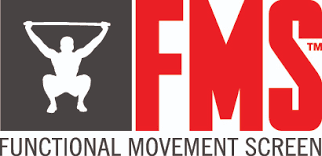Today we are discussing shin splints in youth athletes. This problem is most common in the sports of Cross-Country, football, soccer, and basketball. Typically any sport which requires a lot of running or just repeated force through the lower leg. Usually, the athletes are in high school, and maybe middle school, but shin splints can hamper any athlete regardless of age. This problem arises during the season, often around the midpoint or end of the sports season.
Symptoms
What are the symptoms of shin splints?
- Pain on the outer portion of the lower leg
- Feels okay during rest
- Worse during movements
Why do shin splints occur?
- Too much activity
- Not enough rest
- Bad joint mechanics
- Instability
Shin splint pain is in the lower portion of the leg. If you feel along the front of your leg and find that bony area (the shin) and roll slightly off of the bone to the outer portion, your hand is sitting on the tibialis anterior muscle. Overuse of this muscle is the most common cause of shin splints.
The main issue in a shin splint case is overuse and not enough rest for the body to recover. This can also mean that your body is having trouble adapting to the training schedule and the stress it is under.
Does instability play a role?
Another issue that may be causing shin splits is instability. Unstable joints can either move too much or too little. The first area to check for instability is the ankle joint. The ankle joint is one of the mobile joints in the body and is supposed to help the body take on the force while you run. When this joint is lacking in its mobility, the forces being put through the leg will have to be transferred somewhere else. The body will adapt to this compensation and will drive the force into the shin.
Other areas of the body that need to move well to absorb forces put through the leg are the knee and the hip. If these joints are also “locked up” the body will do the same thing and create a compensation pattern which will lead to an injury like shin splints.
Treatment
How does an athlete cure shin splints?
- Rest
- Nutrition
- Ensure correct biomechanics
The road to recovery in our Burlington office often starts with pulling back on training and giving the body some time to rest and recover. Lower leg muscles, such as the tibialis anterior, are the main culprit, the most overworked, and need the most time to recover. Resting and letting the body recover will treat the pain of the injury but the next step would be to treat why the injury is happening. And don’t forget good nutrition to help the healing process!
During the resting stage, we can evaluate the biomechanics of the ankle, knee, hip, and lumbar joints. This is a great time to correct any joint stiffness using chiropractic care, so when we are ready to start running again the athlete is less likely to reinjure themselves.
So if you have any questions or if you’re dealing with something like shin splints, feel free to reach out to us so we can do an evaluation for you and help with any instability problems or just give some recommendations for what you can do at home. Always remember to live with passion and not pain.


